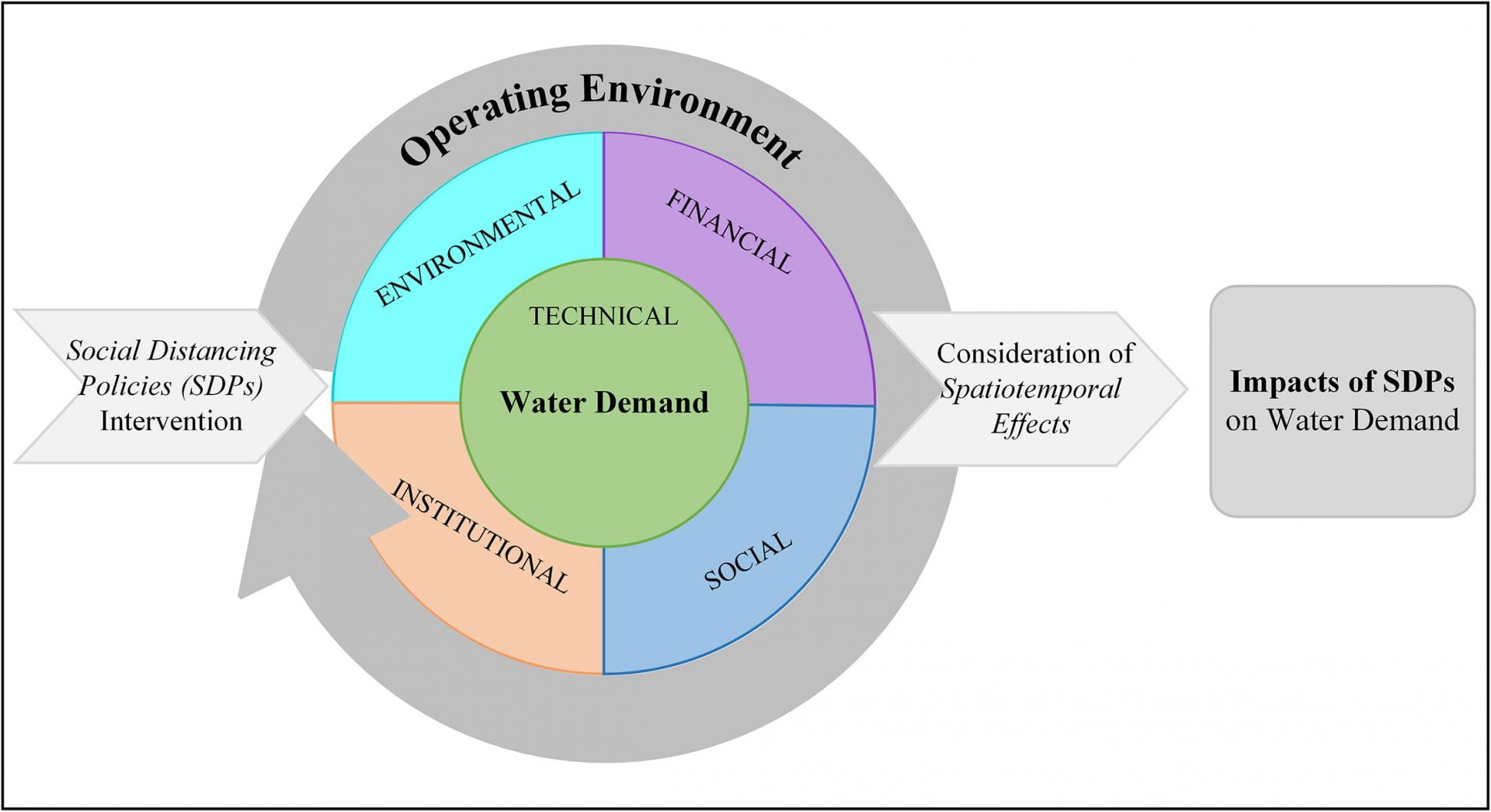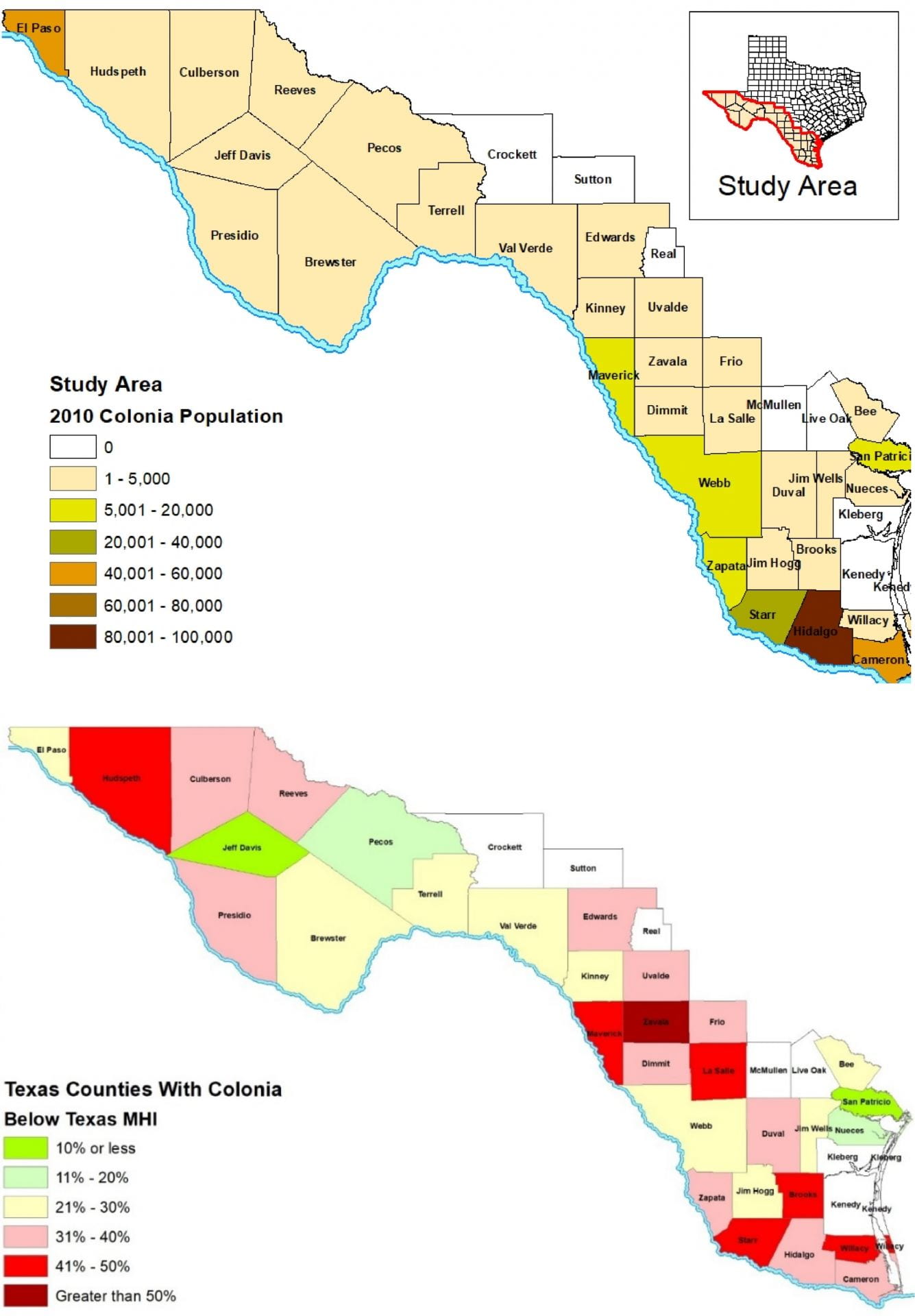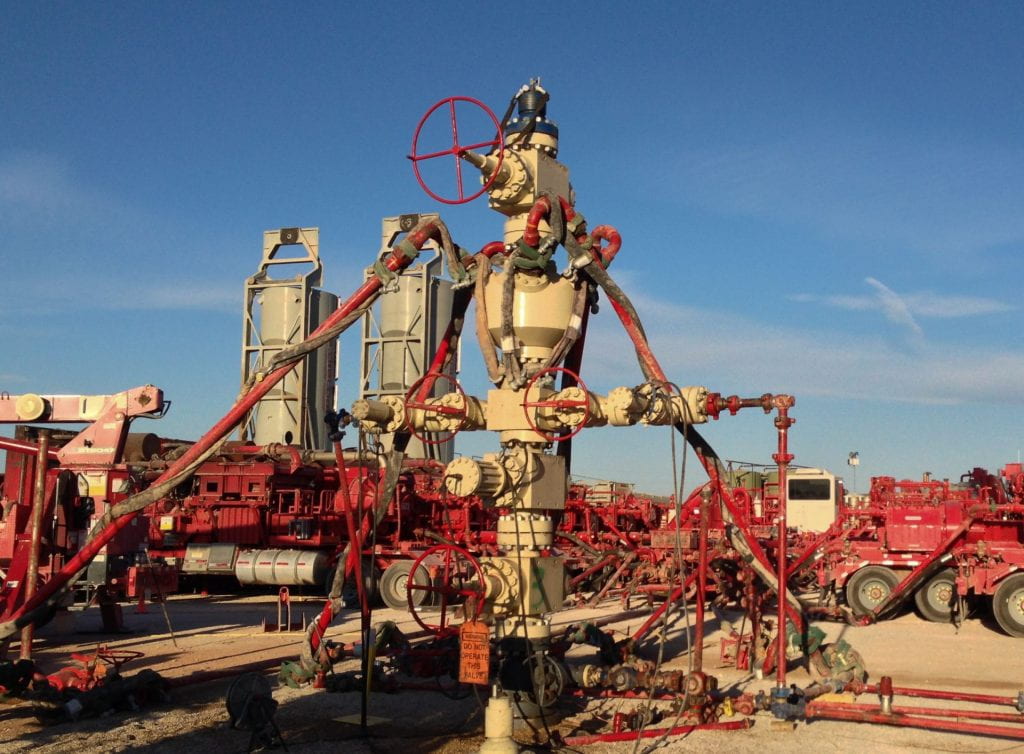With 38 public universities and 35 private colleges and universities in the state and many more across the country (and the world) interested in Texas, there’s a great deal of academic scholarship focused on water in the Lone Star State. In this column, I provide brief summaries to several recent academic publications on water in Texas.

Let’s start thinking about water!
Occurrence and behavior of uranium and thorium series radionuclides in the Permian shale hydraulic fracturing wastes

Wellhead for Hydraulic Fracturing in Orla, Texas. Photo credit: Freeze Frames – stock.adobe.com
In the TV show Cheers, everyone amiably hoots ”NNOOORRRMMMM!!!!” when the character Norm Peterson enters the bar. At the wellhead, NORM (naturally occurring radioactive materials) is not greeted as vigorously. Sometimes produced water from the oil and gas patch has naturally occurring radioactive materials in it (heck, sometimes that water is produced from an aquifer such as the Hickory!). NORM provides some unique challenges for disposal because, well, that stuff is radioactive, and radioactivity can be detrimental to living things and the environment. With current efforts to investigate treating and reusing produced water, the management and disposal of NORM becomes critical. Sekar and team peeked at NORM concentrations of produced water in the Permian Basin. They found radium concentrations varied from about 19.1 to 35.9 becquerels per liter for 226Ra (an isotope of radium), 10.3 to 21.5 becquerels per liter for 228Ra, and 2.0 to 3.7 becquerels per liter for 224Ra. These concentrations are significantly higher than the maximum contaminant levels for drinking water of 0.56 becquerels per liter for gross alpha radiation (excluding uranium and radon) and 0.185 becquerels per liter for total dissolved radium. Produced waters are not drinking waters, but the elevated concentrations are something to watch out for. Radium decays into radon, which, as a gas, is an airborne vector of radioactivity. The good news is that the authors’ risk assessment to humans showed that there is little or limited potential for radiation exposure to workers and the public, but they only looked at how produced waters are handled by the industry today, not the possible treatment and use in the future.
Citation
Thakur, P., Ward, A.L., and Schaub, T.M., 2022, Occurrence and behavior of uranium and thorium series radionuclides in the Permian shale hydraulic fracturing wastes: Environmental Science and Pollution Research. https://doi.org/10.1007/s11356-021-18022-z
Impacts of COVID-19 social distancing policies on water demand—a population dynamics perspective

Conceptual representation for assessing social distancing policies’ impacts in the context of population dynamics.
When the pandemic arrived, many of us “non-essential” employees got to work from home with our spouses, kids, and cats. This moved water use (toilets, sinks, food preparation, certain showers) from workplaces, restaurants, and gyms to our homes, thereby increasing household water use (for example, I saw an increase in water use in my household). In this study of Austin, Bakchan, and friends used daily water demand data from 2013 to 2020 to investigate water use changes during the pandemic. Their study showed that overall water use did not change significantly across the city because the decrease in commercial use was offset by an increase in residential use. This is in contrast to an earlier study by someone else that showed an increase. However, during some of the re-openings, Austin saw a statistically significant increase in overall use, albeit slight (0.021 million gallons per day or 0.2 percent of overall use). The authors speculate that this may have been due to actions undertaken by businesses to re-activate their operations (such as line flushing) and due to some folks continuing to work from home.
Citation
Bakchan, A., Roy, A., and Faust, K.M., 2022, Impacts of COVID-19 social distancing policies on water demand—A population dynamics perspective: Journal of Environmental Management 302 https://doi.org/10.1016/j.jenvman.2021.113949
A retrospective analysis of program outcomes and lessons learned on implementing first-time wastewater infrastructure in underserved communities in Texas from 1995 through 2017
Between the 1950s and 1980s (and, to a certain degree, to now), some developers developed neighborhoods—known as colonias—that did not have water and wastewater services. Residents had to rely on hauled water and cesspools for basic services (and were often mislead before purchasing on the availability of these services). Between 1995 and 2017, about a billion dollars was spent to bring these services to these colonias with the requirement that counties adopt model subdivision rules to prevent new colonias from being built.
Giner and Pavon conducted a policy post-audit to see what the colonias programs achieved. They found that wastewater coverage in colonias increased from less than 20 percent to more than 75 percent with more than 200,000 citizens now with service. The authors also found that the distribution of funds was equitable among the border counties to address colonias’ needs.
Many of the solutions came from nearby municipalities incentivized to extend services. The remaining colonias without service are more rural, remote, and limited management capacity and will therefore be more challenging to provide services.

2010 colonia population and comparison of 2015 median household income for counties near the Texas-Mexico border. Source: Texas Office of the Attorney General 2019; Texas Demographic Center at University of Texas San Antonio, 2020.
Citation
Giner, M.-E., and Pavon, M., 2021, A retrospective analysis of program outcomes and lessons learned on implementing first-time wastewater infrastructure in underserved communities in Texas from 1995 through 2017: Environmental Challenges, v 5, 100342 https://doi.org/10.1016/j.envc.2021.100342
Join Our Mailing List
Subscribe to Texas+Water and stay updated on the spectrum of Texas water issues including science, policy, and law.

